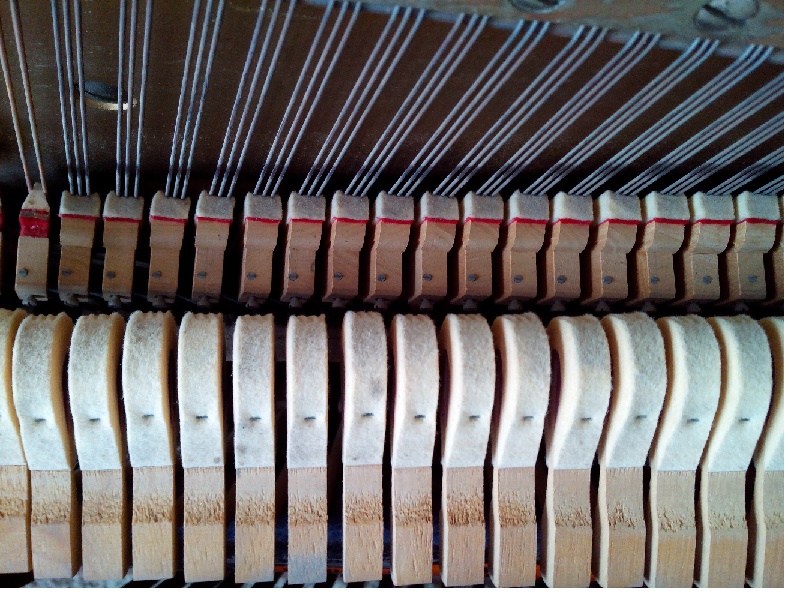Kimball Piano Serial Number Year
Serial numbers on pianos typically include information on the age of the piano and sometimes the location of manufacture. Piano manufacturers, such as Yamaha and Steinway, provide serial number and age information about their pianos on their websites. Steinway also offers additional information about the history of its pianos by serial number for a fee.

UPRIGHT PIANO BUYING QUESTIONS. A 20 year old piano, is like a 20 year old person. Do you have the serial number?
If the manufacturer is no longer in business or does not provide serial number information on their website, a piano reference guide is another useful resource. The website for the Bluebook of Pianos provides a list of serial numbers by manufacturer and the corresponding age of the piano. The e-book version of the Bluebook of Pianos also provides information on the value of new and used pianos. Not all pianos can be dated to a specific year and the age may be more general, and some pianos made specifically for major retailers do not have a serial number, which makes them more difficult to date. For these pianos, consult a piano expert or post photos to a piano-related forum for help from piano enthusiasts.
Kimball piano company, based in Chicago, makes pianos and furniture. The company was founded in 1857 by William Wallace Kimball. Kimball pianos are known for the affordability and even timbre across the piano.
Timbre refers to the sound of the instrument and an even timbre across the range of the piano is highly desirable. Pianos that have a gritty low register and a bright high register are less desirable than those with a clear articulation throughout the whole range.
Kimball pianos are mid-level professional pianos that can be authenticated by identifying the logo, serial number and an evaluation of the sound. Blue Book of Pianos Kimball pianos look much like other uprights and grand pianos. However, some Kimball pianos sport elaborate designs, most commonly etched with leaves and acorns. 'The Blue Book of Pianos' will allow you to identify a piano using the serial number or the brand. Many images also are included, which aids in identifying the piano by design. Unfortunately, since so many Kimball piano models exist, it sometimes is necessary to consult a professional piano maker to identify the correct model and brand, if the serial number is missing. Logo Identify a Kimball piano by the unmistakable logo.
Checking the serial number in conjunction with identifying the logo will ensure that you have an authentic Kimball piano. The logo consists of two laurel leaves that form a 'U' shape with the stems crossing over at the bottom of the design. Inside the logo is a grate with two horizontal bars near the top and bottom, and five vertical bars that extend along the horizontal bars. The vertical bars are symmetrical, starting with small bars on the left and right, and incrementally expand in length toward the center bar.
Determine if the logo is fake by checking the piano brand against the serial number and sound with the 'Blue Book of Pianos.' Serial Number The serial number appears in a different location on uprights and grand pianos. Upright pianos look like rectangular boxes and have a compact design. The baby grand and grand piano have long sound boards that extend between 4 and 8 feet. The serial number on an upright is located inside the keyboard on the right hand side panel.
Gunlord Sega Dreamcast Iso Download. Remove the cover above the keyboard to locate the serial number on an upright. The grand and baby grand serial number is stamped in gold and located on the left hand side just inside the rim of the piano. Sound Kimball pianos have distinctive sounds. Experienced pianists can identify a Kimball by the sound alone. A comparison between Steinwey and Boesendorfer pianos provides a key to identification. The Kimball has the clarity of a Steinway piano and the dark, rich overtones of a Boesendorfer piano.
If you have never listened to these two pianos, listen to the overtones from the Kimball. Overtones can be heard as resonance emanating from the piano.
If the sound is highly resonant, with a clear action and 'clacky' wooden sound, you may have a Kimball piano. For the experienced piano player, the sound and the logo provide enough information to identify a Kimball piano.